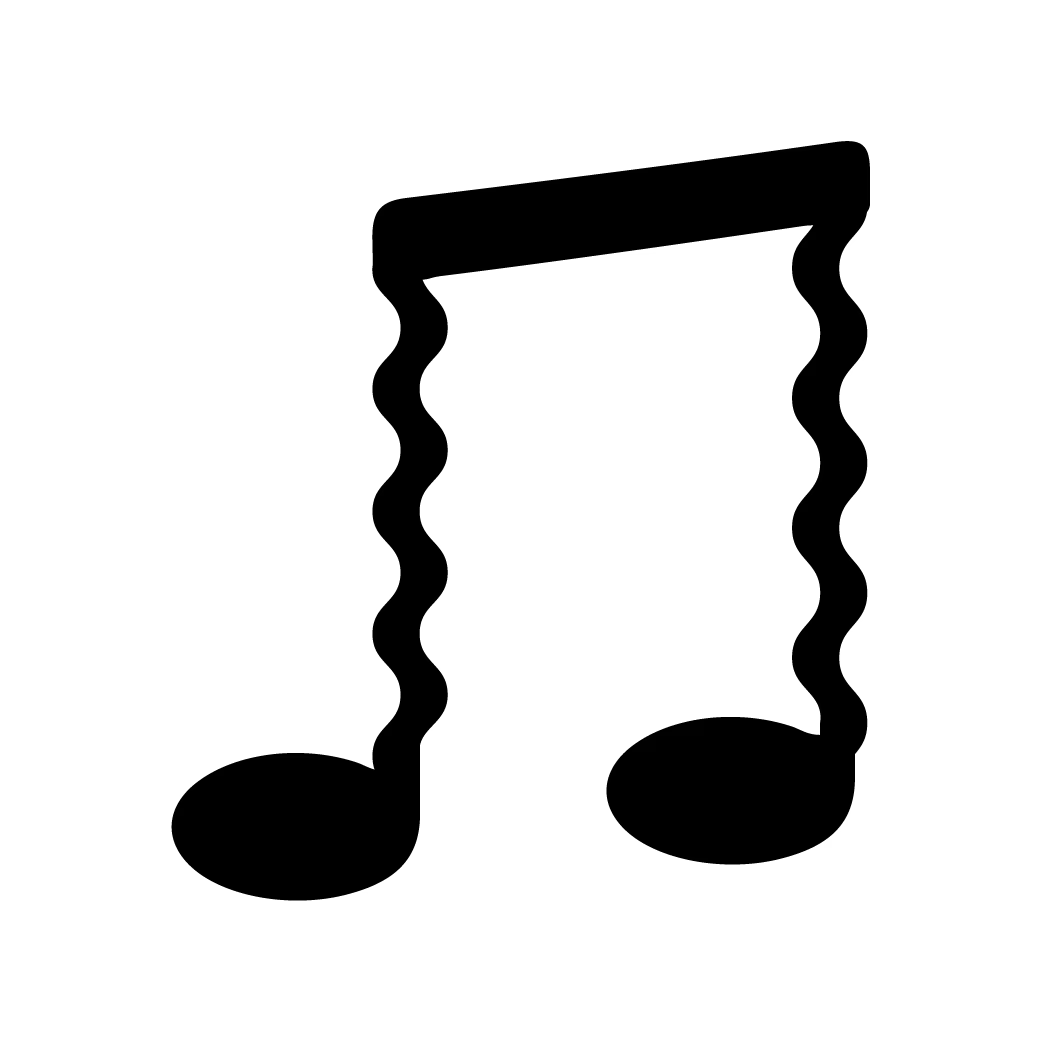Take Me Home, Country Roads: The Genre's Pop-ified Resurgence
When an old Supreme fades away, a new one rises. Move over brat girl summer, yeehaw girl spring is taking over. From ”Cowboy Carter” snagging Queen Bey her first Album of the Year to Sabrina Carpenter duetting with Dolly Parton and Chappell Roan’s latest single ”The Giver,” the crossover success of country music into the pop girl bubble is undeniable. But Nashville has long been a genre steeped in conservatism and Whiteness, so how does it thrive today with Black, queer, and female musicians taking the reins of its resurgence?
Apr 14, 2025
It seemed like we might be heading into a recession of country artists to support after one of the genre’s darlings, American Idol season four winner Carrie Underwood, revealed her true colors (it’s red). But as they say, when an old Supreme fades away, a new one rises.
And it’s… Chappell Roan?
Granted, Roan’s latest single “The Giver” isn’t quite the harbinger of the genre’s renaissance, what with precedents like Beyoncé’s Cowboy Carter (2024) or Sabrina Carpenter bringing on Dolly Parton for a “Please Please Please” duet. Even Jessica Simpson date them back by at least ten years.
But these are just examples of recent times that prove country is infiltrating the pop girl bubble, and maybe—just maybe—it’s the next “brat girl summer.” “Yeehaw girl spring,” anyone?
Popular music has never had a one-track mind. It represents a dissolution of genre lines, a melting pot of different styles that remain unconfined by the rigidity of production or songwriting formulas. A quick look at the various pop eras over the years reveals the evolution of pop as a genre, borrowing from disco in the 70’s and hip hop and R&B in the 90’s. Over the past couple years, however, the industry has been taking a trip down the old town road with country.
At the same time, though, Nashville’s takeover of the Billboard Hot 100 comes with the fact that the artist ruling the charts comprises straight white men, like Morgan Wallen, Teddy Swims, and Zach Bryan, as it always had been with the genre’s dominant demographic. Country music has long been synonymous with whiskey-shooting, conservative rednecks, a product of the intersection with its geographic origins. Though there have been the occasional outliers to the norm like Alice Randall, Darius Rucker, and Shaboozey, a more peripheral representation of country looks a lot more like Jason Aldean or Tim McGraw—White and mostly men.
The racial fault lines of country music can be traced back to the origins of genres itself: the racialization of music in the 1920s Jim Crow era. While gospel and blues are marketed towards the Black market as “race records,” White folks were sold “hillbilly music,” or what became country music. Music scholar Charles Hughes told HuffPost:
“The record industry marketed and promoted and created a language about the music from the beginning, and this continues through this day in some way, in which whiteness is, if not on the surface, then right below it.”
Recording executives are keen on marketing these “old-timey” tunes to White audiences; yet, the genre itself is molded by elements of African music, from Appalachian string bands, spirituals, and blues, down to the very instruments that define the country sound, the fiddle and banjo. Still, because music genres are steeped in racialization, Black people are left out of country music while it continues in the White direction.
So, when Lil Nas X’s explosive “Old Town Road” was taken off Billboard’s Hot Country Song chart in 2019, it didn't come as a surprise. The argument for its removal lies in “musical composition” that “does not embrace enough elements of today’s country music.” But is this fair judgement or a baseless cover for identity politics?
Ethnomusicologist Kevin C. Holt may have the answer to that in this statement: “What defines those genres wasn't so much what they sounded like. It was who was making the music.” It would also explain the outrage against Beyoncé’s performance with The Chicks at the Country Music Awards.
Women, even when they’re White, aren’t much more fortunate.
Music fans may associate country’s biggest names with the likes of Dolly Parton, Nancy Sinatra, or more recently Shania Twain and Kacey Musgraves. Whether it’s “9 to 5” or “These Boots are Made for Walking,” an unabashed, hyper-feminine sound that’s rooted in female liberation undeniably appeals to a different bracket of country listeners who might not identify as much with, say, Blake Shelton’s “Boys ‘Round Here.”
Yet, “it’s more difficult for women to find space, to find room [in country music],” according to Twain, whose record-breaking album Come On Over (1997) is one of the genre’s most successful. Many of them, for example Loretta Lynn, Kitty Wells, and Martina McBride had songs banned from country radio for themes like contraceptives, blaming disloyal men for women’s infidelity, and domestic violence, respectively. Even without these so-called controversial topics, women are constantly excluded from country radio airplay; radio consultant Keith Hill even said, “If you want to make ratings in country radio, take females out.”
But the rise of streaming ushered a change in the way music—including country music—is consumed.
It paved the way for digitization in music production, introducing the prominence of digital instruments. It has long been ubiquitous in hip hop, one of the most successful genres globally (and one dominated by Black artists). With the heavy reliance of country music on radio distribution, it requires a crossover appeal to reach this untapped market. That’s when country and hip hop meet in the middle, producing collaborations between Nelly and Tim McGraw or Florida Georgia Line. On the other hand, country girls like Shania Twain are making transitions into a more pop sound, paving the way for musicians like Taylor Swift and Marren Morris.
Like every other musical genre, country keeps on and will continue to evolve. Musicologist Joel Schwindt says,
“Part of country’s identity of realness and authenticity is being separate—‘we don’t sound like the rest of pop music,’ [but] if you are just doing the same old things over and over and over again, you’re going to become obscure.”
“People are creating their own radio experiences,” Holt told Insider. The uptick of streaming platforms enable music consumption to be so customizable, and the blurring of genres become increasingly apparent as the platforms’ algorithms read along the lines of the songs’ hybridity and recommend more diverse tunes.
At the end of the day, “Country music is storytelling,” as defined by songwriter entrepreneur Amanda Williams, a sentiment echoed by Chappell Roan on why she wrote “The Giver.” That means, Roan added,
“Country can exist in a queer space, and queer [people] can exist in a country space.”
The same can, arguably, be applied to the racialized and gendered environments of the musical landscape, breaking the vicious exclusionary cycle experienced by Loretta Lynn and her peers and even Lil Nas X.
The country music resurgence, presaged by Black, queer, and female artists, isn’t merely a timely coincidence. It’s not a subversive evolution; if anything, it’s a return to form. All of the genre’s long-standing values are now being challenged, and democratization heralded by the digital era is slowly tearing down the conventional boundaries of gender, race, or sexuality that Nashville is keen on maintaining. And, what better time than when the world is heading into a polarized recession?


















